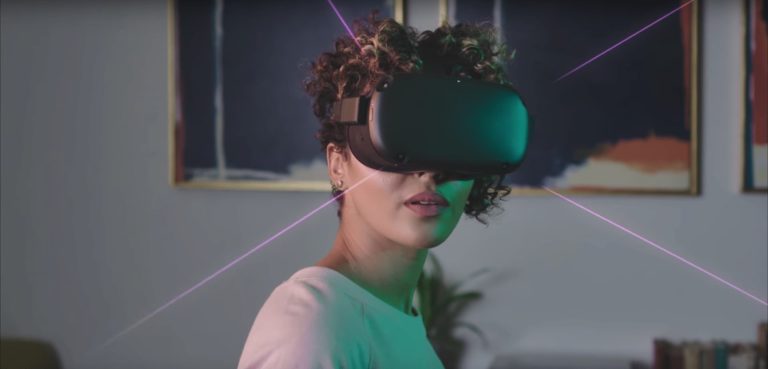
Immersive experiences represent one way that businesses can boost their reputations. To appeal to today’s customers, companies must adopt strategies that improve operations, such as focusing on sustainability and technology.
Innovative technologies like VR and AR are the best tools to share these upgrades with stakeholders and allow for transparent operations. These technologies can also enhance the customer’s experience, giving you a leg up on your competition.
Let’s see how tech is helping businesses establish themselves in the contemporary marketplace.
How Modern Technology is Helping Businesses
Competition is fierce in today’s marketplace. Digital opportunities have increased competition, forcing many companies to compete globally rather than just locally. Businesses must understand the importance of sustainability to modern consumers. Adopting a greener approach to business can broaden your appeal to new environmentally conscious prospects and improve your brand reputation among customers. It can also help your company run more efficiently, save you money on operations, and create a more resilient, future-ready business.
Some ideas for sustainable technology-based options include:
- Going paperless by digitizing documents
- Optimizing shipping processes to be environmentally efficient
- Using solar panels for energy if feasible
Technology can also help you pivot your brand towards business sustainability. You can collect data on how efficient your systems are, from facilities management to industrial operations. Data professionals can sort through this information and make recommendations on how to lower your carbon footprint. Investing in these processes may be costly but is cost-effective once you start streamlining and improving your systems.
AI is also a proven tool that can guide these efforts by doing tasks like predicting when energy demands increase so you can respond appropriately. Combined with devices that are interconnected online using IoT, you can track information to improve systems such as workflows. For example, smart lighting can automatically turn off after everyone leaves the room.
Moves like these provide material to create an immersive experience to share these changes.
How AR and VR Improve Brand Appeal
There’s no greater device for improving your brand’s reputation than transparency. If you invest in making your company more sustainable while embracing cutting-edge techniques, AR and VR can help you promote the changes you’ve made and be a permanent fixture of your promotional efforts.
You can customize immersive experiences for different end users. For example, employees benefit from VR training while avoiding common safety concerns. On the other hand, prospective investors and corporate board members can view how AI has improved manufacturing or production efficiency through AR or VR. You can even provide a before-and-after case study and make some of these presentations available to customers.
However, the biggest area where you can build trust is among your customers.
Enhancing the Customer Experience with AR and VR
AR and VR are great tools for enhancing customer experience. These technologies can give you an edge over your competitors by providing a look inside your business or education on how your company improves things. Some other ways to use AR and VR include:
- Virtual tours. These are ideal for travel and tourism companies, helping your customers feel confident when booking new and exciting locations.
- Interactive QR codes. Adding AR experiences to QR codes on product packaging can help customers buy the right products.
- Immersive product interactions. Adding AR experiences like animation can build appeal and help your brand stand out.
- Virtual visualization. VR tools help customers visualize a remodel in home improvement stores.
When selecting how to use AR or VR, your first consideration is your audience. What AR or VR use cases do customers want? Our own research, done in partnership with Thrive Analytics, showed that customers prefer cinematic content the most, including 2D movies in 3D environments, followed by gaming and social media. As you can see, VR is best used with familiar mediums like movies or social media. Unfortunately, many companies don’t capitalize on this opportunity. That means that improving interactive engagement can be advantageous for building your business.
Immersive experiences are an excellent way for companies to build trust, especially when sharing new technologies that align with consumer trends. Strategic implementation of AR and VR can improve brand appeal for all stakeholders and enhance the customer experience. Embracing these trends for a modern audience can keep you competitive and secure long-term growth.
 Indiana Lee is a writer who focuses on emerging tech, wellness, and environmental topics.
Indiana Lee is a writer who focuses on emerging tech, wellness, and environmental topics.

